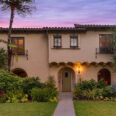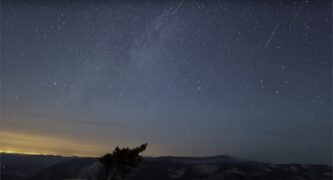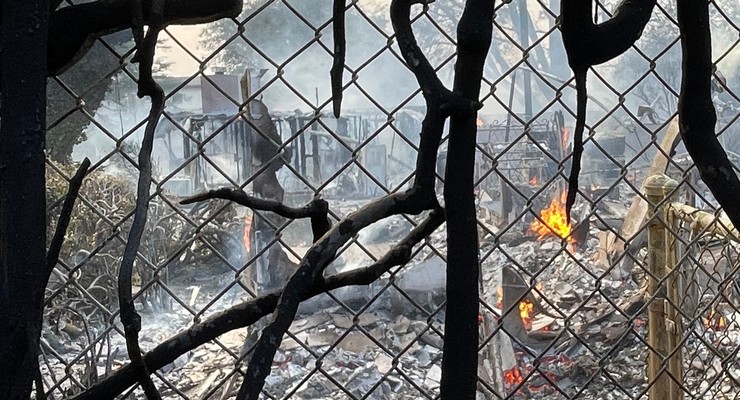
Stargazers across Pasadena can witness a rare celestial spectacle this week as three major meteor showers simultaneously illuminate the night sky. The Perseid, Southern Delta Aquariids, and Alpha Capricornids showers promise quite a display.
Ed Krupp, director of Griffith Observatory, underscores the viewing challenge facing city dwellers.
“These events are notoriously invisible for the average person because we’re all drowning in artificial light,” he explained, highlighting the impact of urban light pollution on astronomical observation.
The Southern Delta Aquariids and Alpha Capricornids will peak between July 29 to 31, offering 20 to 25 and 3 to 5 meteors per hour respectively. The Perseids, typically the most anticipated shower, will reach its peak in August, though a waning gibbous moon at 84% illumination may significantly reduce visibility.
Astronomy experts recommend escaping Pasadena’s urban glow to maximize meteor viewing.
Mount Wilson Observatory, Angeles National Forest, Frazier Park and Joshua Tree National Park provide superior observation points for those willing to travel.
Robert Lunsford of the American Meteor Society advises looking toward the south-southwest sky around 3 a.m. for the most spectacular views.
Despite Pasadena’s challenging Bortle Scale 4 to 5 light pollution, current moon conditions offer a silver lining.
A waxing crescent moon at 27% illumination will create darker skies, improving meteor visibility.
The Los Angeles Astronomical Society occasionally hosts public star parties at Griffith Observatory, providing additional opportunities for local astronomy enthusiasts.
For dedicated observers, success requires patience and preparation.
Experts recommend finding the darkest possible location, allowing 30 minutes for eyes to adjust to darkness, and avoiding phone screens and other bright lights.
Those willing to venture out will be rewarded with a celestial display that continues throughout the week, offering a rare glimpse into the night sky’s hidden wonders.














 1 comment
1 comment



